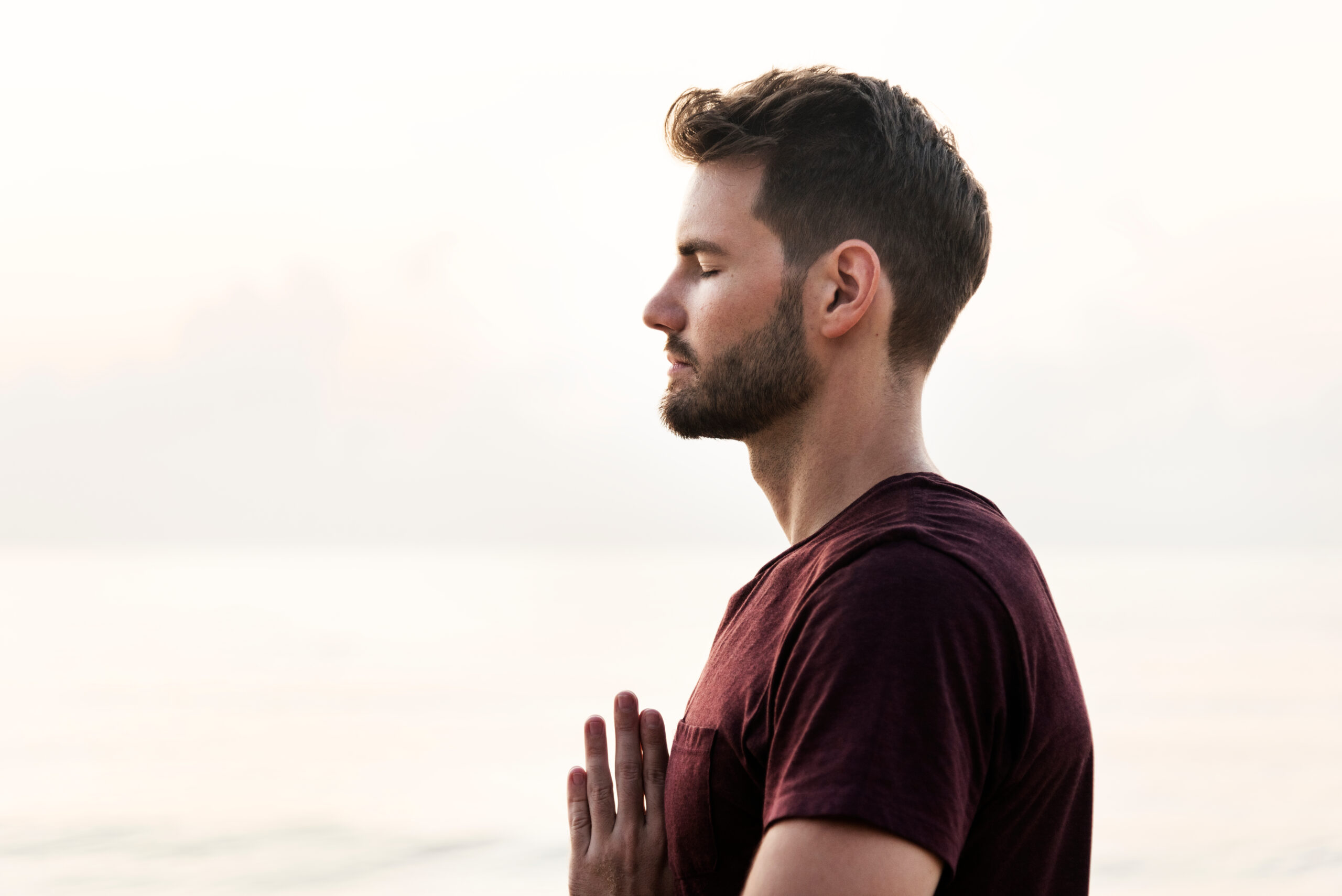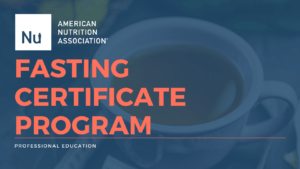How Yoga and Mindfulness Cultivate a Grateful Mindset

Yoga, mindfulness, and gratitude have a lot in common. They are all tools proven to enhance physical and emotional wellbeing. Research shows that practicing gratitude, much like yoga, meditation, and mindfulness, boosts brainpower, increases emotional resilience, and improves your connection to others. It’ll even help you sleep better.
They all also promote a positive outlook on life; and while each affects well-being in slightly different ways – gratitude, yoga, and mindfulness have a unique and synergistic relationship to one another.
Gratitude is a continual state of being, a way of looking at things and being in the world, as well as a feeling inside. Mindfulness allows you to slow down and become fully aware of the present moment and the many things there are to be thankful for; and yoga and meditation increase both mindfulness and a deeper sense of gratitude.
A positive outlook and appreciative attitude.
Researchers define gratitude as the acknowledgment of and appreciation for the things that have value and meaning to oneself. Feelings of gratitude will often spontaneously arise in response to receiving a gift or something good happening. You can also develop and embody a grateful mindset or outlook on life that is generally positive and appreciative. An attitude of gratitude if you will.
People who practice gratitude choose to focus on the positive, all of the good life has to offer, and the many blessings in their lives. By acknowledging what there is to be grateful for, you begin to develop a genuine appreciation for what you already have – nurturing a profound sense of contentment and satisfaction that isn’t dependent on desired results nor external conditions.
However, that being said, it’s human nature to become so caught up in the busyness of life that you forget to notice, let alone appreciate, the many blessings in life. It isn’t natural for most of us to embody a continual state of gratitude. Our brains are wired to look for the negative, to compare and notice what we don’t have, and to either ruminate on the past or worry about the future. A grateful mindset must be cultivated, which is why gratitude is also a practice.
It takes conscious effort over a period of time to train your brain to look for the good and appreciate what you already have, but the endeavor is wildly worth it for your wellbeing.
Enter the practice of mindfulness.
Mindfulness is the ability to stay present, fully aware of everything taking place in your immediate experience, without reacting or becoming overwhelmed. It’s both the formal practice of actively paying attention to your surroundings, as well as your thoughts, feelings, and physical sensations moment-to-moment without judgment; as well as a state of being present with open awareness – mindfully attending to each moment with light-hearted curiosity and compassion.
In a state of mindfulness, you’re able to override the brain’s negative bias and inclination to worry by consciously choosing to suspend judgment and completely focus on the present. Being mindful essentially takes you out of your head and allows you to fully immerse in the experience at hand. Paying attention to the world around you, you’re more likely to develop an appreciation for the small things and moments in life that may have otherwise gone unnoticed.
There’s no coming to gratitude without some mindfulness, and living more mindfully inherently enhances your sense of gratitude. Both positively contribute to your happiness and wellbeing.
Gratitude and mindfulness even work in tandem to increase emotional resiliency (your capacity to handle stressful situations and unpleasant emotions). Practicing mindfulness teaches you to remain open and receptive to whatever arises with grace and acceptance. A grateful mindset helps you develop an appreciation for everything life has to offer – the good and bad, and everything in between.
Meanwhile, the yoga tradition provides both the context and mindful practices to respond to life’s full spectrum of events and emotions from a place of calm, receptivity, and centeredness. According to yoga philosophy, that place, or rather internal sense of peace, is your true nature or highest self.
The yoga of contentment.
Yoga and meditation are mindful practices aimed at expanding consciousness and increasing self-awareness. One of the tradition’s fundamental teachings is that happiness depends on external conditions (which are never permanent) is always fleeting and ultimately leads to suffering when whatever made you happy is no longer new or available. Your innate self, however, is permanent and never changing.
Beyond possessions and sensory pleasures lies a form of happiness and fulfillment independent of external factors. Yoga makes the bold claim that anyone can experience this profound sense of joy and ease because it’s apart of our true nature – all you have to do is turn within.
The key ingredient is santosha, or true contentment. They type of contentment that isn’t reliant upon anything external; thus, ending the search for happiness outside of ourselves.
It’s impossible to experience your true nature as joy, peace, and ease when you’re constantly yearning for what’s missing. One of yoga’s niyamas (positive observances), santosha is a tool or practice aimed at ending emotional suffering by developing a deep acceptance and appreciation for the things you already have (sound familiar?). When your happiness is no longer dependent upon external circumstances, you’re able to find contentment in any situation and move forward from there.
Cultivating santosha and a grateful mindset go hand-in-hand. Both promote mindfulness and self-awareness, helping shift your perspective and stay rooted in the larger picture. And like gratitude and mindfulness, santosha takes practice, and you don’t have to be in the pursuit of self-realization to receive its benefits.
The good news is that gratitude is a self-reinforcing behavior. It feels good. The more you practice, the better you feel, the more you want to embrace a grateful mindset. In time, gratitude becomes a way of living.
Interested? Now is the time to get started. Below is a seven-day mindfulness practice to help get you in the habit of gratitude in time for the hectic holiday season.
A five-minute 7-day gratitude practice
After you’ve set a timer for five minutes, begin by taking a comfortable seat. Softly close your eyes – turning our attention inward. Notice the parts of your body that are touching the floor or chair, and allow them to get heavier. Without stealing from the weightiness of your legs, gently lengthen your spine from tailbone to crown.
Once settled, bring your awareness to your breath and take 5 deeper inhalations, slowly letting the exhale out. Yogis say the quickest way to access gratitude is through the breath, which happens to be life’s most precious gift. For a few moments, suspend judgment and feel yourself breathing.
After five breathes or so, shift your attention to your chest cavity or heart center. Without expectations or forcing an answer, silently say, “Today I am grateful for … “, pausing to simply observe what arises. Keep repeating the phrase over and over.
After a few rounds there tends to be a snowball effect, flooding your consciousness with the many things you have to be thankful for; however, if nothing spontaneously emerges, don’t stress. You can always repeat, today I am thankful for my breath. But be sure to pause each time, allowing space for something new to arise.
At the end of five minutes, thank yourself for taking the time to turn your attention inward and cultivate a grateful mindset.
Author:

Meagan McCrary
Meagan McCrary is an experienced yoga teacher, freelance writer, and author of “Pick Your Yoga Practice: Exploring and Understanding Different Styles of Yoga”. Her writings, covering a variety of health, fitness, and lifestyle topics, have appeared in Yoga Journal, 24Life Magazine, Mind Body Green, Sweat Equity Magazine, The Chalkboard, and YogaUOnline (among others). Meagan’s passion is helping people find more ease, comfort, and functionality in their bodies through a variety of modalities; and currently works with a diversity of clients in Southern California, specializing in chronic pain relief, soft-tissue release, postural awareness, pelvic strength, and stability, and prenatal yoga and fitness.





